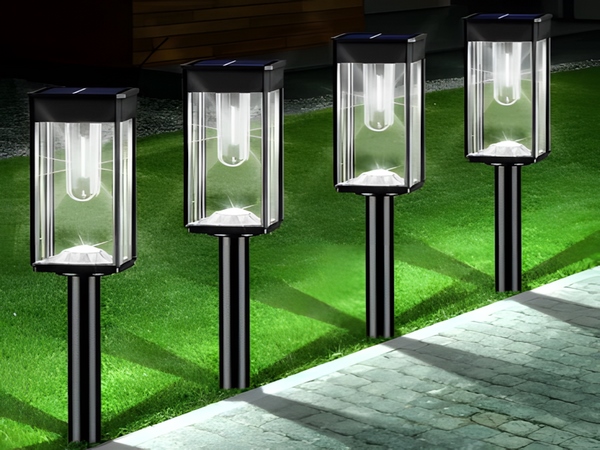
With the increasing investment from the government in renewable energy, funding and policies are being directed towards this sector. Utilizing solar energy for the benefit of humanity has become an important national strategy. Solar street lights have emerged in this context. So, what advantages do solar street lights have over conventional street lights? Below, we will introduce some key points.

1. In terms of lifespan: solar power and grid power are comparable.
Let’s first look at the lifespan of the main components of solar street lights (assuming that the product quality is reliable and the usage environment is not harsh).
Solar panels: over 30 years (after 30 years, solar efficiency declines by more than 30%, but it can still generate electricity, meaning the lifespan does not end).
Street light poles: over 30 years.
LED light source: over 11 years (calculated based on 12 hours of operation each night).
Lithium battery: over 10 years (with a discharge depth of about 30%).
Controller: 8-10 years.
It is evident that the weak point of the entire solar street light system has shifted from lead-acid batteries to the controller. A reliable controller can last 8-10 years, meaning that a quality solar street light system should have a lifespan of at least 8-10 years. In other words, the maintenance cycle for a reliable solar street light should be 8-10 years. After this period, the components that need replacement are:
Controller
Lithium battery
LED light source
Other components, such as the pole and solar panels, can still function properly. However, it is essential to purchase the entire pole made of hot-dip galvanized material. If it is made of galvanized sheet or cold galvanized material, its lifespan is questionable.
2. In terms of maintenance costs: solar power and grid power are comparable.
As mentioned earlier, the components that need replacement are the controller, lithium battery, and light source. For street lights below 8 meters in height, where brightness requirements are not particularly high, replacing these components is quite simple and typically involves replacing a two-in-one lamp that integrates the light source, lithium battery, and controller.
The battery capacity generally ranges from 50-100AH, compatible with 18V solar panels, and the current market price for these two-in-one lamps is between 280-580. With the increasing popularity of electric vehicles, the price of lithium batteries is expected to gradually decline. Therefore, it is foreseeable that maintenance costs will decrease in the future.
For solar street lights above 8 meters, those with higher power need to be equipped with separate lithium batteries, which can substantially affect costs depending on specific configurations.
3. In terms of long-term comprehensive costs: solar energy has significant advantages.
First, in the initial phase of purchasing and installation. Although the product cost of solar street lights is higher, the costs associated with the buried cables and trenching for grid-powered lights make the product cost of solar lights seem minor by comparison.
Next, let’s look at the second phase of maintenance for grid-powered and solar lights. The differences in project requirements become evident:

From the table above, we can see that even though grid-powered lights have fewer maintenance parts, they have a larger number of regular maintenance items. Therefore, when the total maintenance expenses are averaged annually, the difference between the two is not significant.
The real cost difference is reflected in electricity charges.
In terms of maintenance expenses, without considering regular line checks, seasonal adjustments, and other maintenance projects, the after-sales cost of solar street lights is slightly higher than that of grid-powered street lights. However, electricity costs accumulate over the years, forming a substantial expense, especially for customers using commercial electricity. With numerous street lights, the long-term cumulative amount for electricity can be quite considerable.
During collaboration with clients from large factories and mines, even larger solar street light systems prove to be more economical compared to grid-powered ones in the long run. However, due to factors such as structural integrity and cost, implementing very large solar street light systems can be demanding. Nevertheless, with advancements in technology, the efficiency of solar systems will continue to improve, and perhaps in the future, this clean energy will dominate lighting energy consumption. After all, lighting energy consumption is relatively small compared to other energy usages, and solar energy and other renewable sources can cover it more easily.
This concludes our discussion on the advantages of solar street lights compared to conventional ones. As the era continues to develop, the future of solar street lights looks promising, with more manufacturers, schools, and city streets expected to install solar street lights.



